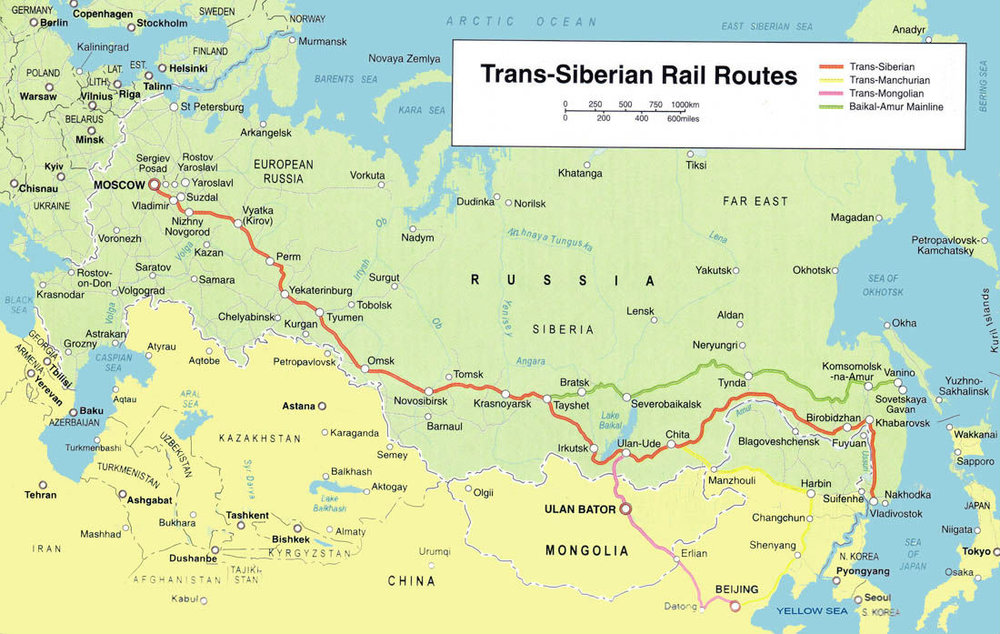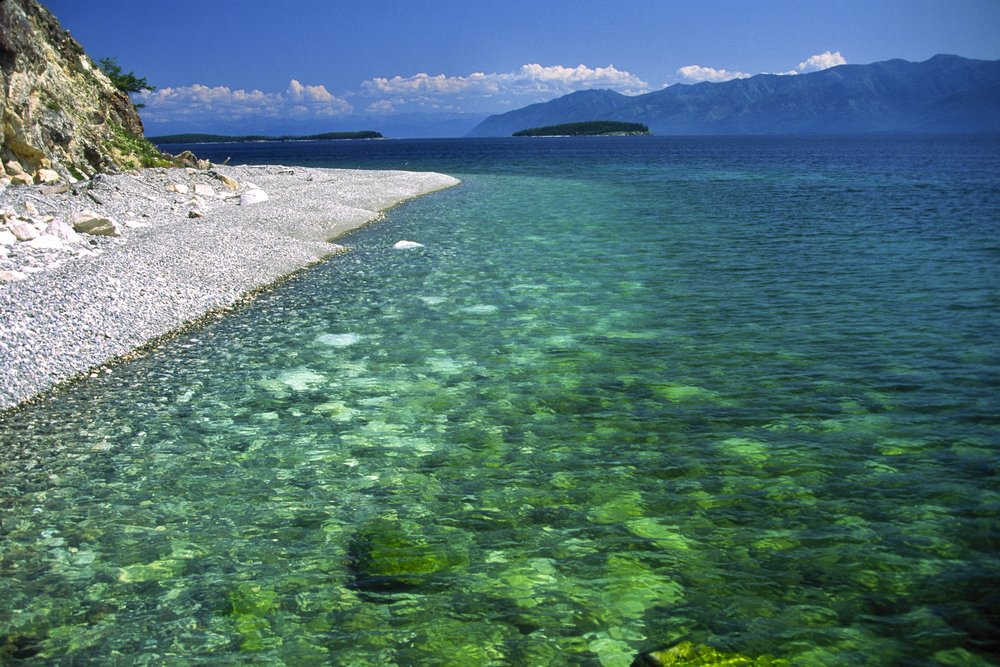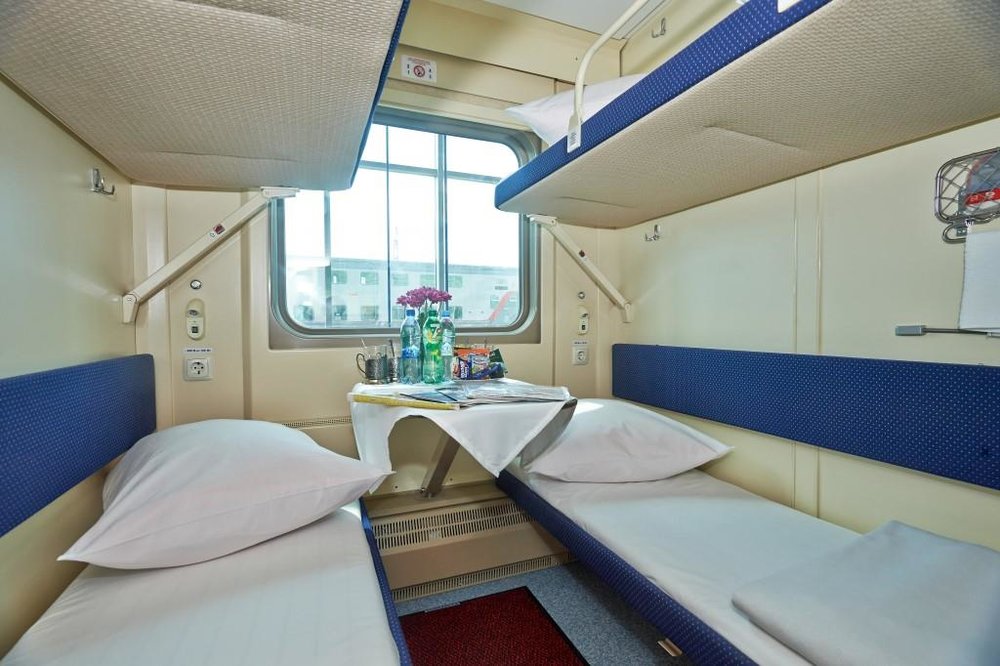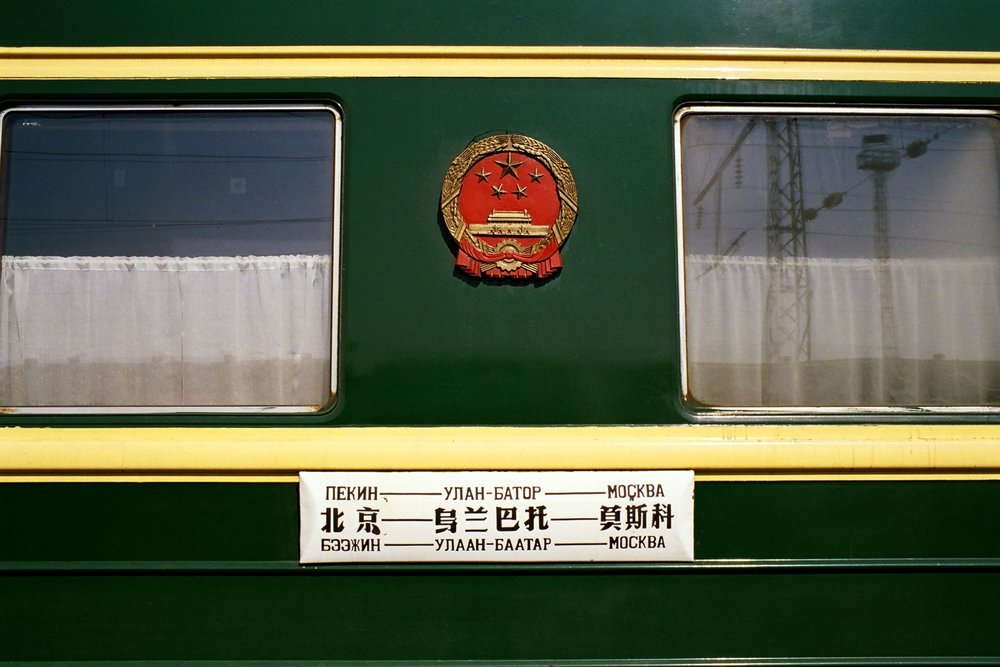As I’ve written about previously, I’m planning to attend the FIFA World Cup this summer in Russia. There’s less than three months to go until the festivities kick off in Moscow, and I couldn’t be more excited.

Back in 2014, I made it to Rio de Janeiro and attended one of the World Cup quarterfinals, checking off a major bucket list item. That journey is set to continue this summer in Russia, and indeed – I hope – quadrennially going forward.
In the 2018 edition, to make things easier for teams, organizers, and spectators alike, the host cities are all concentrated in European Russia, with Moscow and St. Petersburg naturally being the focus of most travellers’ itineraries. I’ve already gotten my tickets for a few World Cup matches in these great cities, and I’m sure I’ll have a great time immersing myself in the world-famous sights of Russia’s twin metropolises – Red Square, St. Basil’s Cathedral, The Hermitage, and Catherine’s Palace, to name a few.
But the process of planning the trip has since taken a curious turn. You see, after experiencing the World Cup fever, I’m planning to head back to China for a few weeks to spend some time with my family. My first thought when trying to figure out how to piece this entire trip together was to do an Aeroplan Mini-Round-the-World trip. After all, stopping in multiple places while circumnavigating the globe is Aeroplan’s bread and butter, and represents one of the most valuable ways to spend your hard-earned miles.
But then I stumbled upon another option that would fit my needs perfectly – a journey that, for many travellers, carries with it an eclectic blend of grit and romanticism. I’m talking, of course, about the Trans-Siberian Railway.
Trans-Siberian Basics
Catching the train from Moscow to Beijing is no simple task, so I’ve done plenty of research to prepare myself for this trip. Seat61 is usually an invaluable resource for researching any train journey, greatly helping to distill the complexities involved in booking a mammoth trip like this.
I began by hammering out my desired route. The Trans-Siberian Railway, as a general term, actually refers to three distinct train routes. The “proper” Trans-Siberian Railway is the Rossiya train that blazes a trail entirely within Siberia itself, making a 6-day trip from Moscow to Vladivostok, Russia’s primary port city on the Pacific Ocean.
Meanwhile, two alternative routes to Beijing branch off from the Rossiya‘s path – one splitting off in Irkutsk and going via Ulaanbaatar, the capital of Mongolia (the “Trans-Mongolian”), and the other taking a bit of a detour via China’s Northeast provinces (the “Trans-Manchurian”). And given the amount of work involved in planning this trip, I figure that I might as well take the opportunity to visit a new country, so I’ll likely be doing the Trans-Mongolian option.

The other thing to figure out when planning your route is where you’d like to have stopovers. Train tickets along the Trans-Siberian are similar to flights, in the sense that you can’t just hop on and hop off wherever or whenever you’d like. Each ticket entitles you to a certain seat aboard a certain service, and if you’d like to stop somewhere along the way, you’ll need separate tickets for each leg of the journey.
What’s there to see along the way? The Ural mountains near Ekaterinburg, Lake Baikal – the world’s largest freshwater lake – near Irkutsk, the Gobi Desert in Mongolia, just to name a few. Throw in the Soviet monuments, museums, and opera houses sprinkled among the old cities of the Russian heartland and the vast swathes of sparsely populated taiga, and you’ve got all the ingredients of an eye-opening trip that promises to be anything but ordinary.

Lake Baikal, Russia
Lastly, you’ll want to figure out which class of service you’d like to travel in. As someone who’s taken the train in China quite extensively, I sort of know what to expect from first class (spalny vagon), second class (kupé), and third class (plastkartny). I’m leaning towards splitting the trip between second class, which has four berths per compartment and a sliding door, and third class, which features six berths per compartment and is entirely open-concept.

Second class (kupé) compartments
Obviously, additional factors like safety, security, and cost must be taken into account. While I’ve received plenty of assurances that the Trans-Siberian is an entirely safe journey, I’m still naturally a little wary of how I’m going to secure all my belongings for a multi-month trip while onboard the train.
Cost-wise, a third-class journey from Moscow to Beijing will likely run me about $750 per person, while a second-class journey may bring that figure up to $1,000. You are, after all, making a 3,600-mile overland journey and in doing so securing a place to rest your head for seven nights.
The Motivation
Right now I’m still debating whether to go ahead with this ambitious itinerary, or to just save myself the trouble and do something like flying Turkish Airlines business class instead.
To me, there’s no denying that the Trans-Siberian Railway has a certain old-school allure to it. The magic of modern commercial flight has made the world feel like a very small place, and in that context I can’t help but feel like it’d be worthwhile to spend a week or so travelling by rail instead, following in the tracks of all those throughout Europe and Asia’s shared history who made the journey before me.

“Beijing–Ulaanbaatar–Moscow”
Furthermore, I’d enjoy the opportunity to savour the sights and sounds along the way in a region of the world that sees relatively few travellers, which is something that I’m sure anyone who’s fascinated by the world around us can relate to. Indeed, even my friend from St. Petersburg thinks I’m a little crazy, since I’ll be visiting places in Russia that he himself will most likely never set foot.
Another reason I’m keen on making this happen is because I’m not sure when I’ll be visiting Russia again. Russian visas are notoriously difficult and expensive to obtain, but with a World Cup FAN ID, I can enjoy visa-free travel within the Russian Federation for the duration of the tournament. I figure that I may as well leverage this opportunity to see as much of the country as I can, and the Trans-Siberian represents an authentic, exciting, and comprehensive way of accomplishing exactly that.
The Challenges
Yet, on the other hand, I do foresee quite a few challenges that I’d have to carefully consider. For one, my experience taking long-haul trains around China and indeed Europe has taught me that the restrooms tend to be clean at the start of the journey, but soon devolve into a state of filth and squalor. There’s not much I can do about that besides suck it up.
Then there’s concerns associated with connectivity – while I realize that part of the charm of a trip like this is the opportunity to take it slow and watch the world go by, I’d ideally like to have occasional access to power and internet along the way. I have a blog to run, after all! 😉
Based on my research, though, it seems like it’ll be possible to remain connected using a local SIM card, and that second class compartments tend to have power outlets as well, so for now I feel at ease in this regard.
Lastly, there’s a whole bunch of logistical issues with a trip like this that I’ll definitely find challenging. For example, I doubt I’m going to have an easy time finding an English speaker in a place like Novosibirsk, so the language barrier is going to be significant. No doubt I’ll be marathoning the Russian tree on Duolingo before flying out to Moscow, but even then I expect to struggle quite a bit in getting my ideas across!
And perhaps most significantly, the three-month window to purchase Trans-Siberian train tickets is rapidly approaching, so I’ll have to decide whether to go through an English-speaking agency – and pay a significant premium – or do it all myself on the Russian Railways website, or perhaps even in-person at the ticket office in Moscow. Decisions, decisions…
Conclusion
… and that’s where, in writing this article, I’d like to pass the question onto you. If you think this sounds like a worthwhile undertaking and you’d be interested in seeing the coverage of my travels along the longest railway line in the world, please do let me know. It’s certainly a trip that’s going to be well outside of my comfort zone, and for that reason I’m both excited and a little apprehensive about going ahead and booking everything.
And if anyone’s done the Trans-Siberian Railway before, I implore you to get in touch, since I need all the help and advice that I can get!




















The answer to doing any cool adventure is always yes. 🙂
This seems like an opportunity that you can’t pass up! Do it!! I watch these travel bloggers on youtube and they did this. They made a few videos and they have some great tips! I would recommend watching them all as they talk about stocking up on food and the cabin classes tours and stopping by lake Baikal. Here is a link to their videos of the trip:
https://karaandnate.com/the-ultimate-guide-to-riding-the-trans-siberian-railway/
Will definitely be watching these videos! Cheers!
Excited to see your trip!
I look forward to living the journey vicariously through you.
Do try the trans siberian train. Once in a lifetime chance